Stop Cloudy Engineered Hardwood: Clear Floors in 30 Minutes
Difficulty: Novice
Time: 30-60 minutes
Cost: Under $15
Why You'll Like This
Cloudy, hazy engineered hardwood floors make a good room feel tired. You paid for rich wood grain and depth, yet you see a milky film, like a fogged window that dulls everything. Annoying, right?
Research shows that improper cleaning products are the most common culprit, which means the fix is usually simple once you know what you are dealing with. Most haze comes from residue that proper cleaning removes, saving you hundreds compared to refinishing. Clean it right today, keep it crisp tomorrow, and your floors keep their glow.
What You'll Need
Materials
White vinegar, 1 cup
Warm water, 1 cup for vinegar solution, extra for rinsing
Ammonia, 8.5 fl oz, optional for stubborn haze
Tools
Microfiber cloths or a mop
Spray bottle or bucket
Soft-bristle broom or vacuum
Clean towels for drying
Safety First
Ventilate the area when using ammonia solutions
Spot-test any cleaning solution in an inconspicuous area first
Never mix ammonia with other cleaners, especially bleach
Avoid oversaturating the floor; engineered hardwood tolerates moisture better than solid wood, but standing water still causes problems
Steps
Clear and prepare the area completely. Remove furniture and decor, then sweep or vacuum the floor to remove dust and debris before cleaning. Think baseboards, corners, and under chairs.
Tip: Use a soft-bristle attachment if vacuuming to avoid scratches.
Mix your vinegar cleaning solution. Combine equal parts water and white vinegar in a bucket or spray bottle. Mild, effective, quick.
Why it works: Vinegar’s acidity breaks down mineral deposits and soap residue that cause cloudiness.
Apply the solution to small sections. Use a soft cloth or flat mop to gently apply the vinegar solution, avoiding soaking the floor. Work in 3x3-foot zones so you can control moisture and wipe before it dries.
Visual cue: The haze starts to lift as you work. Very satisfying.
Wipe away the haze with gentle pressure. Wipe the haze with a damp microfiber mop right after applying the solution. Watch the cloudiness disappear in real time.
Rinse thoroughly and dry completely. Rinse with a damp cloth to remove lingering vinegar, then dry well with clean towels. No residue, no dirt magnet.
For persistent haze, use an ammonia solution. If vinegar does not clear stubborn spots, dilute 8.5 fl oz of ammonia in one gallon of water. Same routine, small sections, wipe clean, rinse, dry.
Note: Vinegar works for lifting residue, but don't make it a habit. Its acidity can erode polyurethane over time, so use this method only for one-off haze removal. For weekly cleaning, stick to a pH-neutral hardwood floor cleaner made for engineered wood.
Cleanup & Disposal
Store leftover vinegar solution in a labeled container for future touch-ups.
Rinse cloths and mops thoroughly before putting them away
Dispose of ammonia solutions by diluting further and running plenty of water down the drain
Clean and dry tools so old residue does not sneak back onto the floor
Troubleshooting
Problem: Haze returns quickly after cleaning
Fix: You are probably using the wrong daily cleaner. Switch to pH-balanced, residue-free cleaners made for engineered hardwood.
Problem: Some areas will not clear up
Fix: If haze persists despite cleaning, it may need professional attention, such as buffing, deep cleaning, or refinishing.
Problem: Streaks after cleaning
Fix: Too much solution. Work in smaller amounts, use less liquid, rinse thoroughly.
Problem: New cloudy patches pop up elsewhere
Fix: This points to wax buildup. Wax on polyurethane-finished floors reacts with the finish and creates a cloudy look. You may need professional wax removal.
Variations & Upgrades
Budget option: Use warm water and thorough drying for light haze; sometimes, that is enough for mineral deposits.
Commercial upgrade: During professional testingBona's’s Hardwood Floor Cleaner was the only product to receive perfect marks, removing most stains while leaving no residue behind. Its pH-neutral formula is safe for unwaxed, polyurethane-finished floors.
Professional maintenance: For persistent issues or extensive wear, schedule annual professional cleaning and recoating instead of a full refinish.
Prevention Is Your Best Strategy
Once you restore clarity, keep it. Use only pH-neutral, hardwood-specific cleaners without wax, ammonia, or acrylic for routine care. These work with the finish, not against it.
Control indoor humidity between 30%-50% using a simple humidity monitor. Seasonal swings matter; humid summers and dry, heated winters both nudge moisture into the finish.
Daily habits do the heavy lifting. Sweep or vacuum regularly with a soft-bristle attachment so grit does not dull the finish. Clean spills right away and do not leave standing water. Even moisture-resistant engineered floors can haze if water sits.
Understanding What Went Wrong
Knowing the cause keeps you from repeating it. Moisture trapped under the finish is a leading culprit, often from too much water during cleaning or indoor humidity swings. Minerals from hard water leave streaks and hazy films that stack up with every pass.
Using the wrong wax or polish creates cloudy films that are tough to remove. Modern engineered hardwood usually arrives pre-finished with polyurethane and does not need wax, which sets off reactions that lock in haze.
Your Floors, Crystal Clear Again
You do not need fancy gear to fix this. Many cases of cloudiness can be resolved by removing residue or minor screening and recoating, not complete refinishing, so you can handle most problems with patience and the right technique.
Start with the gentlest method, vinegar and water. Move to stronger solutions only if needed. Regular maintenance and proper cleaning habits will keep your floors stunning for years. Remember, engineered hardwood floors are more resistant to moisture than solid wood, and they still need smart care to show off that wood grain you paid for.





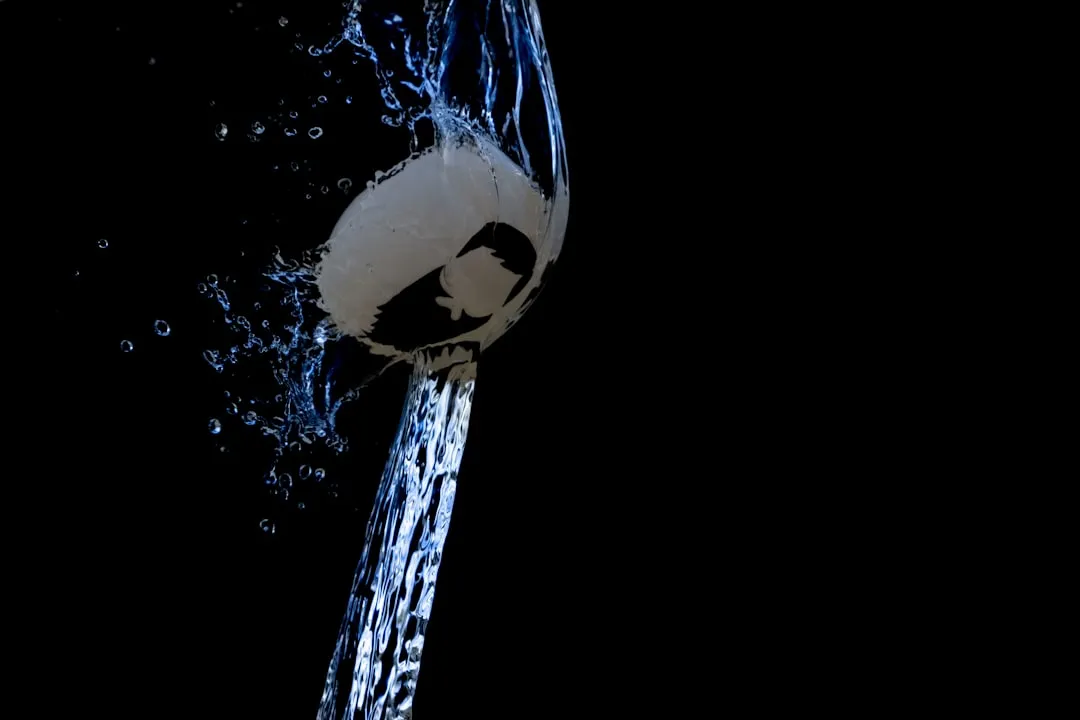
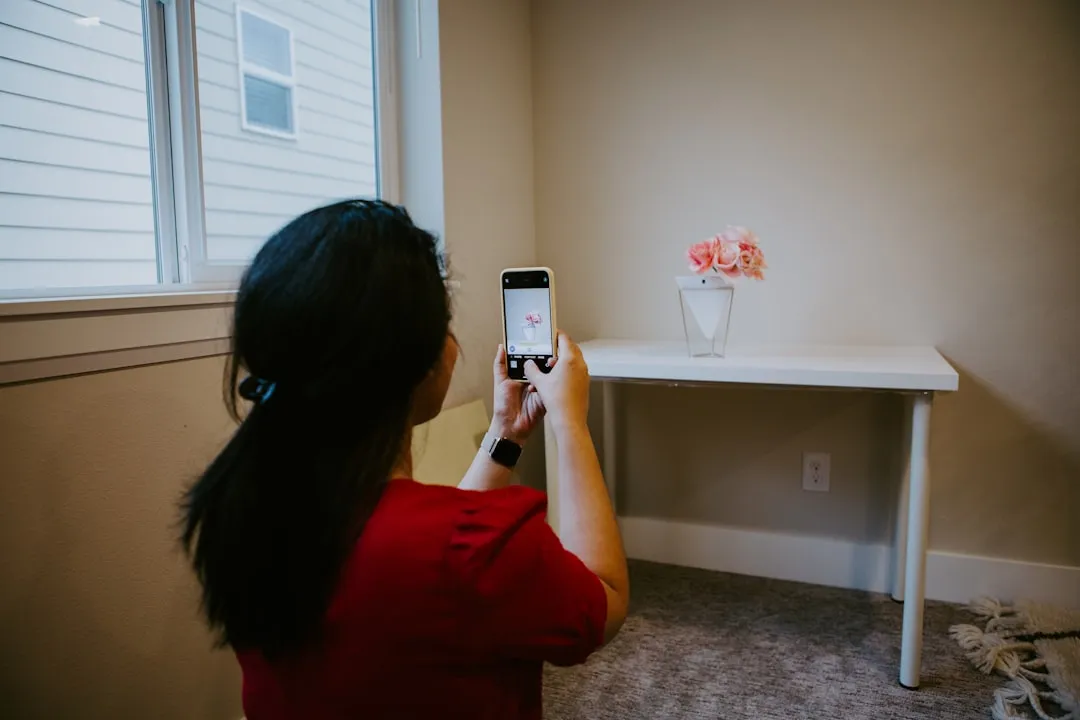
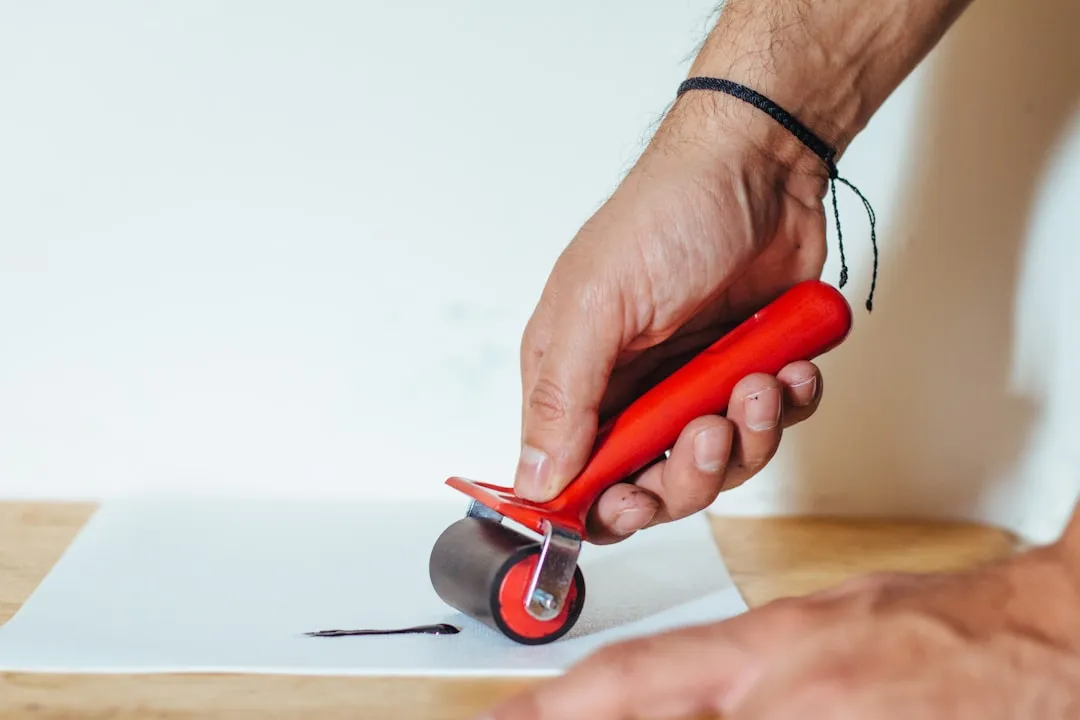
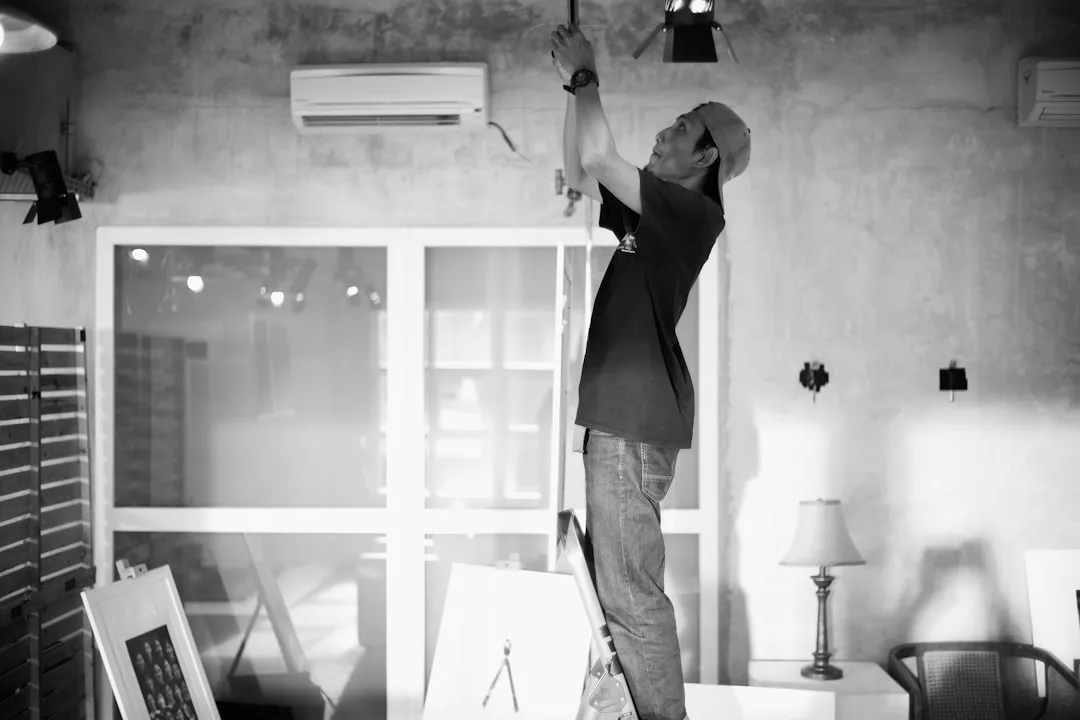

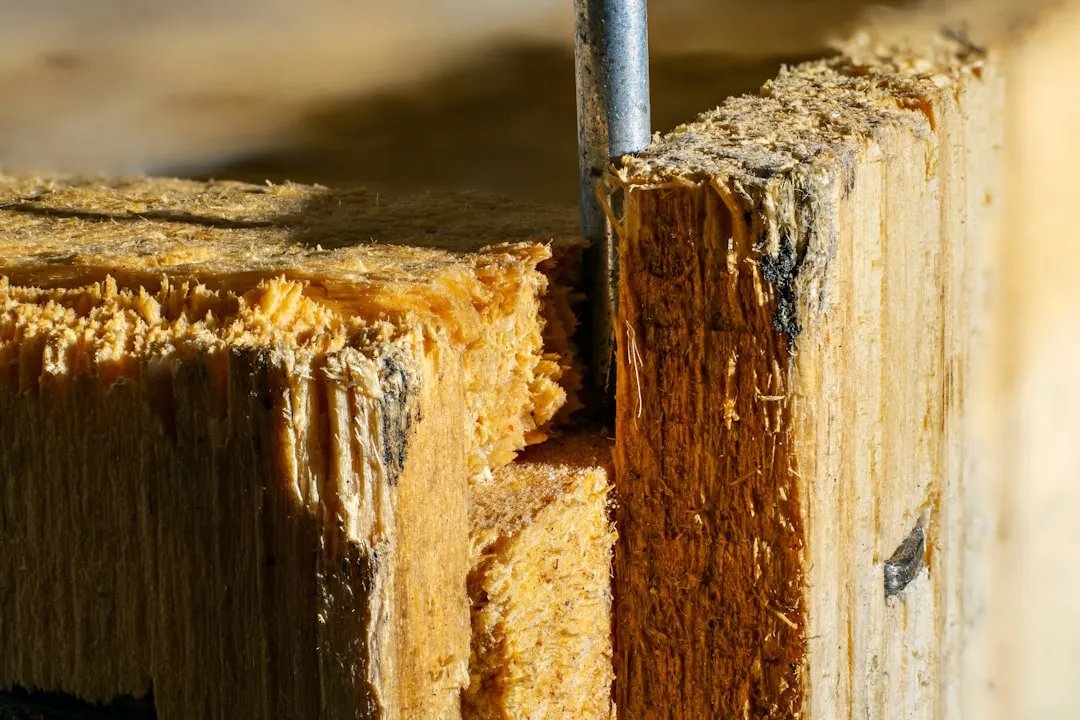


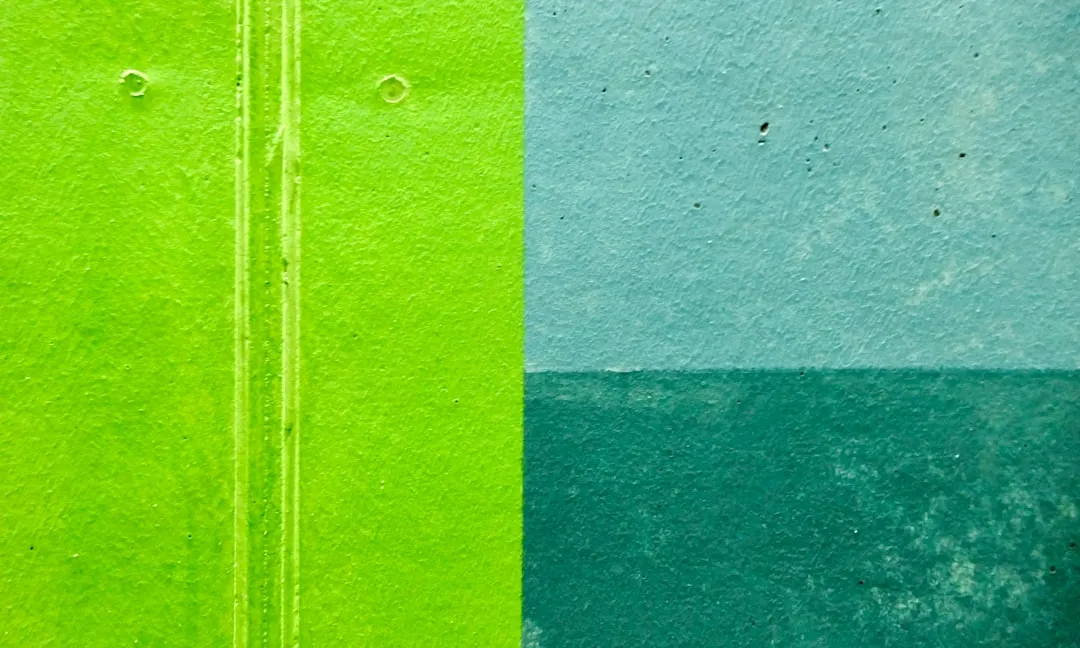
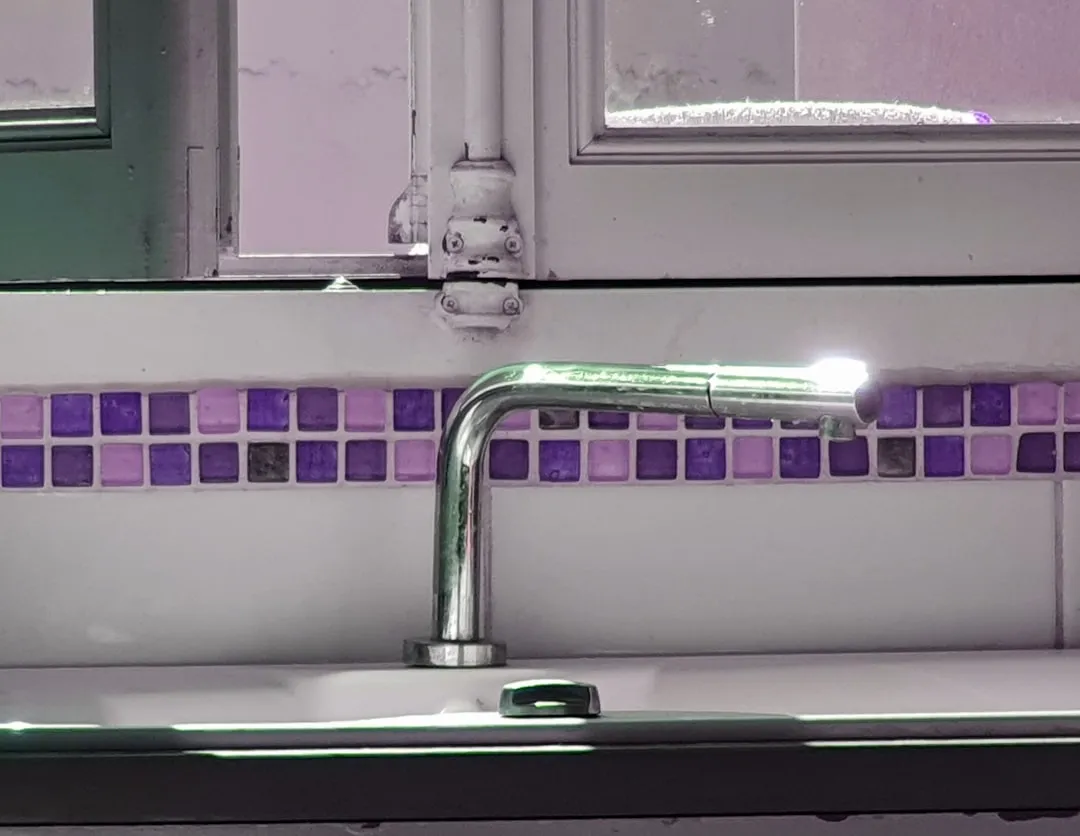
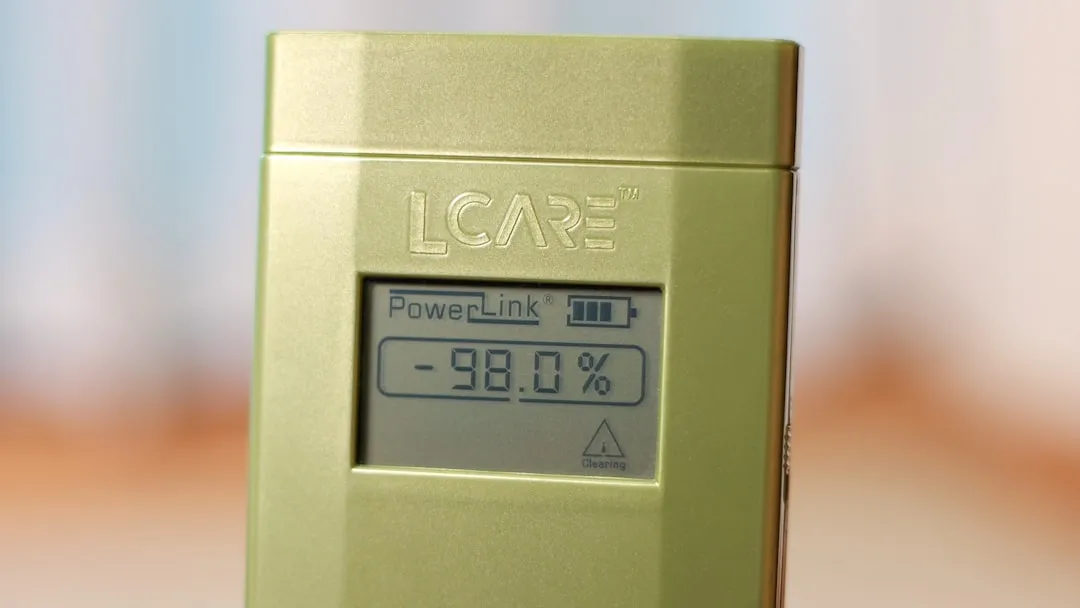
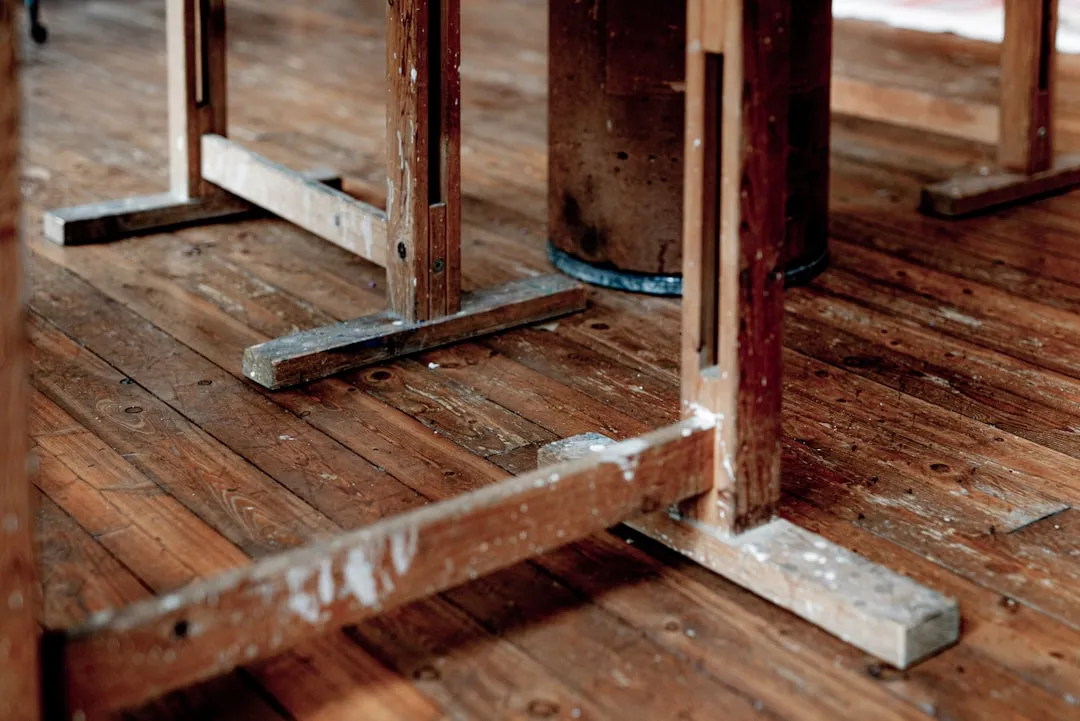
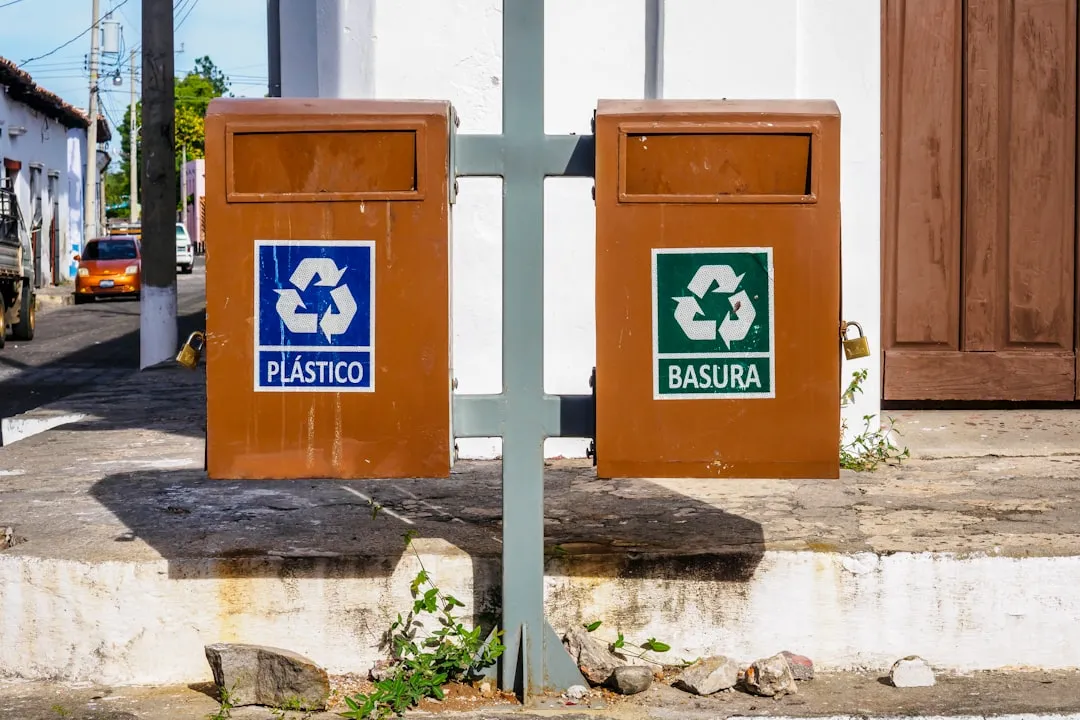

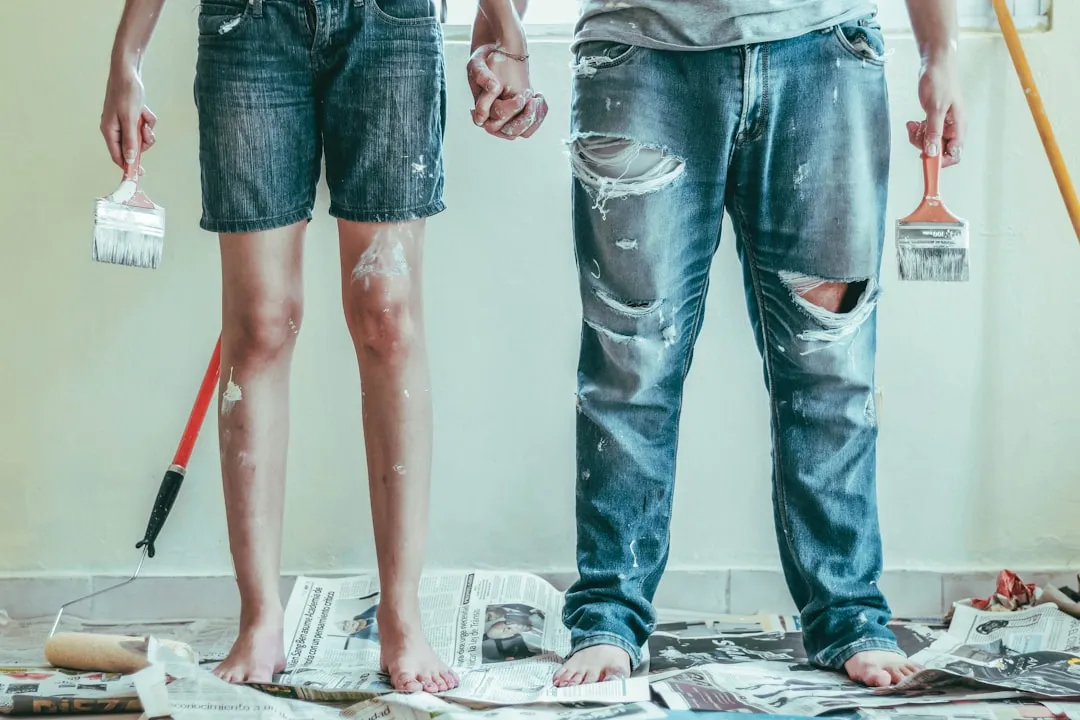
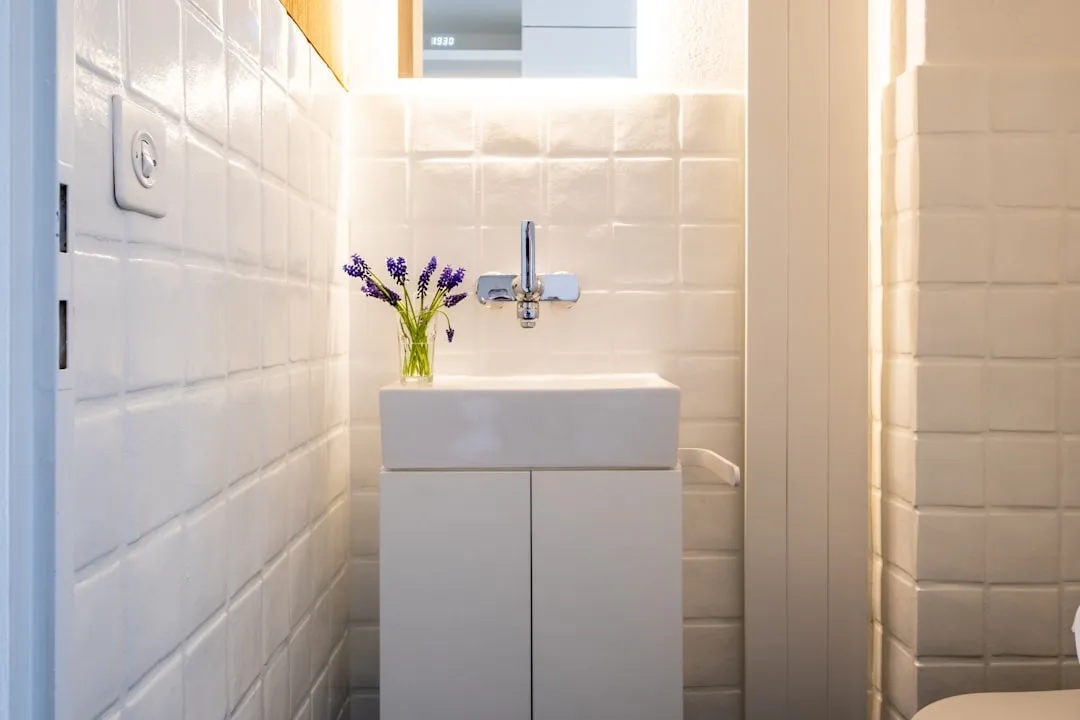
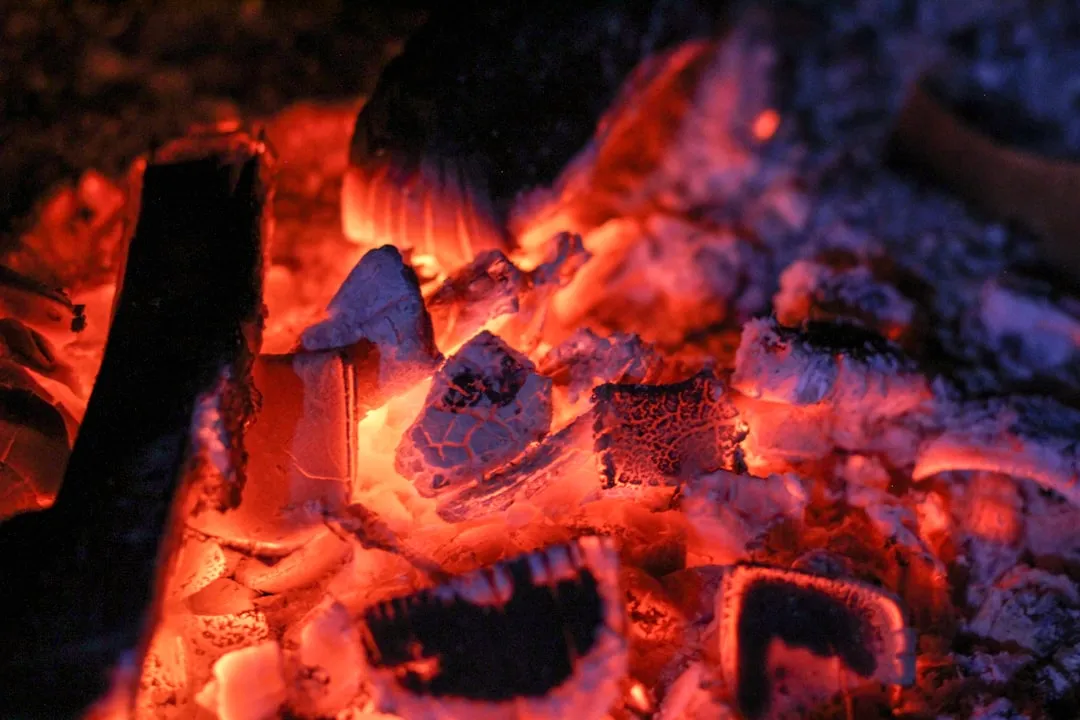

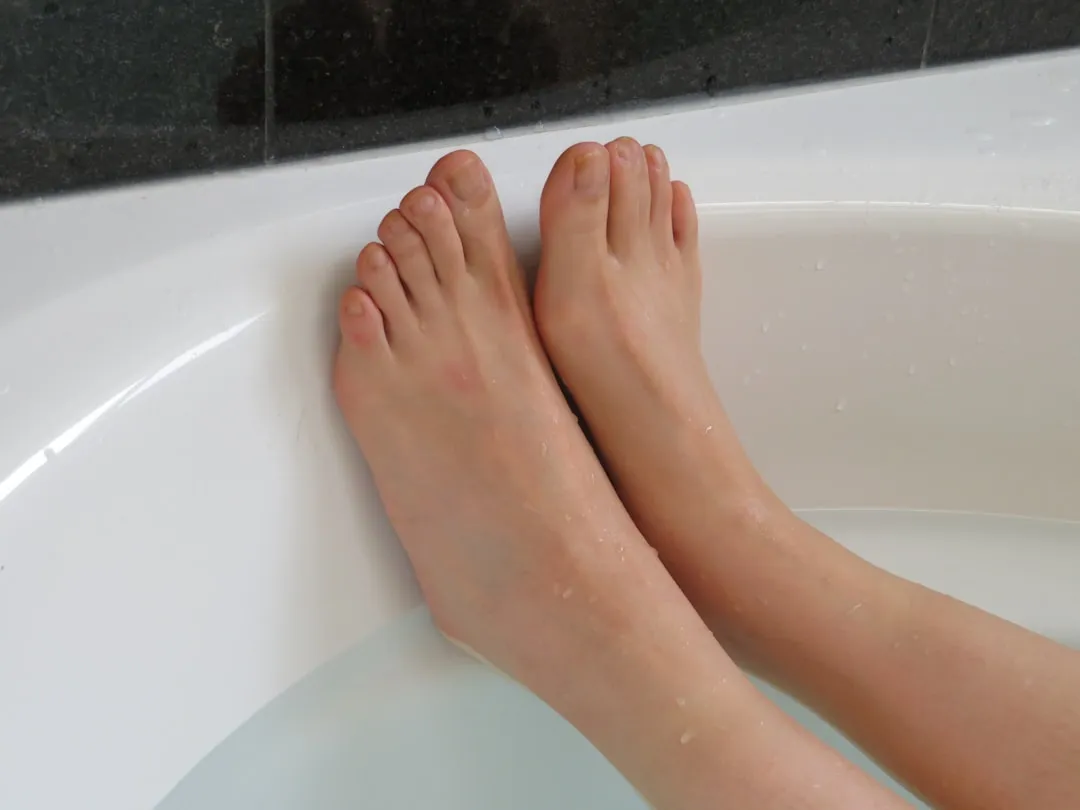
Comments
Be the first, drop a comment!